A streamlined approach to structure elucidation using in cellulo crystallized recombinant proteins, InCellCryst
- PMID: 38402242
- PMCID: PMC10894269
- DOI: 10.1038/s41467-024-45985-7
A streamlined approach to structure elucidation using in cellulo crystallized recombinant proteins, InCellCryst
Abstract
With the advent of serial X-ray crystallography on microfocus beamlines at free-electron laser and synchrotron facilities, the demand for protein microcrystals has significantly risen in recent years. However, by in vitro crystallization extensive efforts are usually required to purify proteins and produce sufficiently homogeneous microcrystals. Here, we present InCellCryst, an advanced pipeline for producing homogeneous microcrystals directly within living insect cells. Our baculovirus-based cloning system enables the production of crystals from completely native proteins as well as the screening of different cellular compartments to maximize chances for protein crystallization. By optimizing cloning procedures, recombinant virus production, crystallization and crystal detection, X-ray diffraction data can be collected 24 days after the start of target gene cloning. Furthermore, improved strategies for serial synchrotron diffraction data collection directly from crystals within living cells abolish the need to purify the recombinant protein or the associated microcrystals.
© 2024. The Author(s).
Conflict of interest statement
The authors declare no competing interests.
Figures
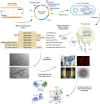

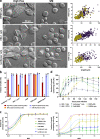
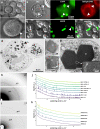
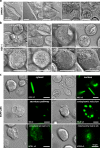
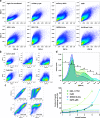

References
-
- Brandariz-Nuñez A, Menaya-Vargas R, Benavente J, Martinez-Costas J. Avian reovirus microNS protein forms homo-oligomeric inclusions in a microtubule-independent fashion, which involves specific regions of its C-terminal domain. J. Virol. 2010;84:4289–301. doi: 10.1128/JVI.02534-09. - DOI - PMC - PubMed
-
- Doye JPK, Poon WCK. Protein crystallization in vivo. Curr. Opin. Colloid Interface Sci. 2006;11:40–46. doi: 10.1016/j.cocis.2005.10.002. - DOI
MeSH terms
Substances
Grants and funding
LinkOut - more resources
Full Text Sources

